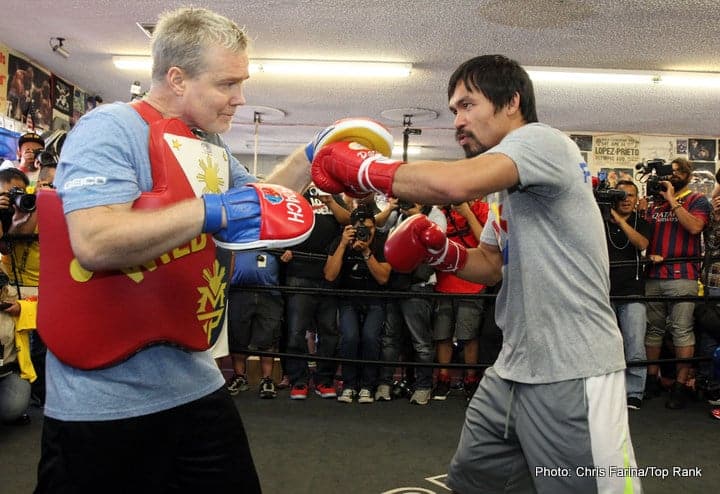What’s your flavor when it comes to the sweet science of boxing, southpaw or orthodox? This question is as essential to boxing as the ingredients in a prizefighter’s nutritional regimen, and the answer is as elusive as the ‘Ali shuffle.’ But, let’s jab into it, shall we?
The Orthodox Stance
An orthodox boxer, traditionally right-handed, leads with the left hand and left foot, keeping the right hand back as the primary power punch. It’s like a well-orchestrated dance, with the boxer’s power concentrated behind a defensive guard. The majority of boxers are orthodox, and hence, it’s considered the conventional stance. But, does this mean it’s better? Let’s dig a little deeper.
The Southpaw Stance
Conversely, a southpaw, typically a left-handed boxer, uses a mirror image of the orthodox stance. Here, the right hand and foot lead, while the power rests in the left hand. It’s like a southpaw boxer has dipped their gloves into a jar of surprise and unpredictability. Why, you ask? Because, my friends, the southpaw stance is rare and hence often unfamiliar territory for orthodox fighters. Does that add an edge to this stance? Hold that thought.
Dancing to the Rhythm of the Boxing Ring
The rhythm, the tempo, the footwork, the deceptive guard, and the power punch—it all boils down to the boxers’ stance, doesn’t it? But what if I told you that the orthodox and southpaw stances are merely strategic choices, not declarations of superiority?
A Matter of Comfort and Strategy
Does a southpaw have a natural advantage over an orthodox boxer? Or, is it the other way around? Allow me to shed some light on this age-old debate. In the chess match that is a boxing bout, the game’s subtleties often lie not in the pieces but in the way they move. In this scenario, the stance—be it southpaw or orthodox—works the same way. A fighter’s choice of stance is usually a mix of comfort, natural inclination, and strategy.
The Element of Unpredictability
Is it then fair to argue that southpaws have an advantage because they’re less common and, hence, can offer an element of surprise? Well, yes and no. A southpaw’s unexpected angles and combinations can throw an orthodox opponent off their rhythm. However, the flip side of this argument is that a southpaw typically trains against orthodox fighters, while an orthodox boxer rarely faces a southpaw.
So, What’s the Verdict?
So, is one stance inherently superior to the other in the grand theater of boxing? Allow me to hit you with the truth straight right: there isn’t a definitive answer. Both stances have their unique charms and challenges, and their effectiveness is contingent upon the boxer’s skill, training, and adaptability. Boxing, after all, is a dance of strategy and instinct, is it not?
So, instead of seeking a one-size-fits-all answer, perhaps we should appreciate the nuanced artistry and individual brilliance that each boxer brings to the ring, regardless of their stance. After all, isn’t that the true spirit of boxing?
